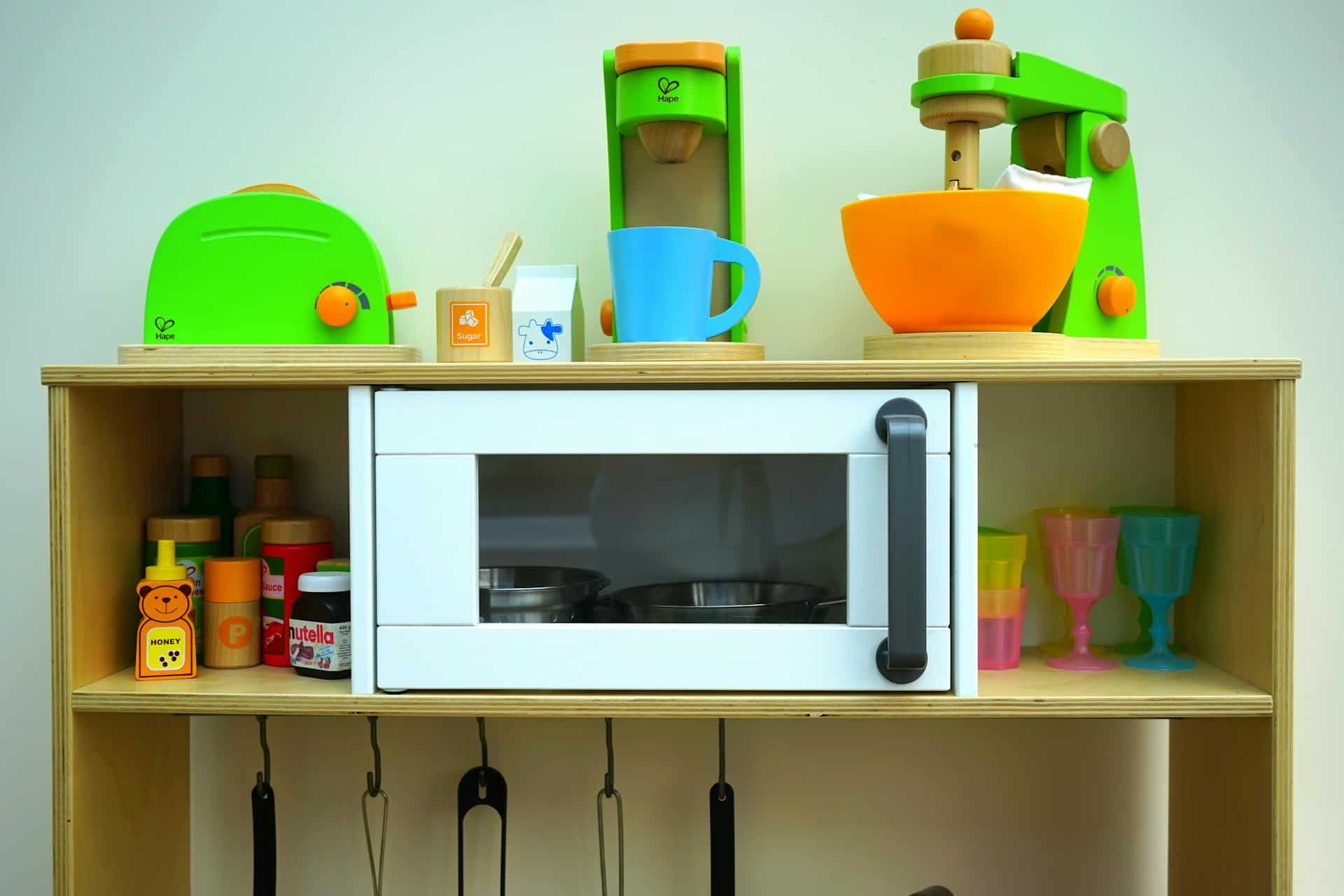
Question: Are Cheap Microwaves Good?
Answer: Yes, cheap microwaves can be good. They can be sufficient for basic reheating, but may lack features, have shorter lifespans, and less even heating than pricier models.
Finding the Right Microwave: Balancing Cost and Quality
Are cheap microwaves good? This question resonates with budget-conscious shoppers. A microwave is a kitchen staple, and finding an affordable option is tempting. This article examines the pros and cons of budget-friendly microwaves, helping you make an informed decision. We’ll explore features, performance, and potential drawbacks.
We’ll look at factors beyond price, including wattage, size, and special features. You will learn how to identify essential features in a microwave and recognize potential compromises. We also discuss the importance of warranty and customer reviews..
Understanding Microwave Price Points
Microwave prices vary significantly. Budget models often cost less than $100. Mid-range options typically fall between $100 and $300. High-end models can exceed $500. Price differences usually reflect power, features, and build quality.
Lower-priced microwaves often have basic functionality. They offer simple controls and limited power. Higher-priced models often include advanced features like sensor cooking and inverter technology. They may also feature more durable construction. Recognizing these distinctions is crucial for selecting the right microwave for your kitchen.
Consider your cooking habits. If you primarily reheat leftovers, a basic model might suffice. If you frequently cook complex dishes, a higher-powered model with advanced features might be a better investment. Balancing cost and functionality is key.
Click here for more information on cabinet refinishing Toronto
Related Article: Is There a Difference Between Cheap and Expensive Microwaves?
Related Article: Is It Cheaper to Use a Microwave or an Oven?
Features and Functionality: What Do You Get (or Not Get)?
Cheap microwaves often lack advanced features found in pricier models. These features may include sensor cooking, inverter technology, and pre-programmed settings. Sensor cooking automatically adjusts cooking time and power based on food moisture. Inverter technology provides consistent power for more even cooking. Pre-programmed settings simplify cooking common items.
While these features enhance convenience, they aren’t always essential. Evaluate your cooking habits to determine which features, if any, are truly necessary. A basic model might suffice for simple tasks. If you prioritize advanced features, a higher-priced model might be a better fit.
Durability and Lifespan: Do Cheap Microwaves Last?
Build quality often correlates with price. Cheaper microwaves may use less durable materials. This can affect their lifespan. Higher-priced models often feature more robust construction, potentially extending their longevity.
Assess your budget and long-term needs. A less expensive model might be suitable if you anticipate replacing it within a few years. However, if you seek a long-lasting appliance, investing in a higher-quality model might be more economical in the long run.
Warranty and Customer Reviews
Check the warranty offered with the microwave. A longer warranty can provide peace of mind. Customer reviews offer valuable insights into product performance and reliability.
Read reviews from other buyers to understand potential issues. This can help you avoid common problems and make an informed purchase decision. Look for patterns in reviews. Multiple reports of the same issue might indicate a design flaw or manufacturing problem.
Size and Capacity: Finding the Right Fit for Your Kitchen
Microwaves come in various sizes. Consider your available counter space and cooking needs. Measure your space before purchasing a microwave. A larger model might offer more cooking capacity but may not fit in a smaller kitchen.
Smaller microwaves are ideal for compact spaces. Larger models are better suited for families or those who frequently cook large portions. Balance capacity and space constraints. Ensure the microwave fits comfortably in your kitchen without overwhelming the available area.
Interior Design and Turntable
Consider the interior design. Some models feature a rotating turntable. Others have a flatbed design. Turntables can be challenging to clean. Flatbed models offer more usable space and easier cleaning.
Choose a design that suits your preferences. If you prioritize ease of cleaning, a flatbed model might be preferable. If a turntable is not a concern, a traditional model might offer more affordability.
Conclusion: Making the Best Choice for Your Needs
Are cheap microwaves good? The answer depends on individual needs and priorities. A budget-friendly model might be suitable for basic reheating tasks. However, investing in a higher-priced model might be worthwhile for more demanding cooking needs. Carefully consider your cooking habits, desired features, and budget constraints.
By weighing the pros and cons discussed in this article, you can make an informed decision. Select a microwave that offers the best balance of cost, performance, and features for your specific circumstances. Remember to check customer reviews and warranty information before making your final purchase. This will help you avoid potential issues and ensure satisfaction with your new microwave.

Blue Malue Get in touch with Blue here.
